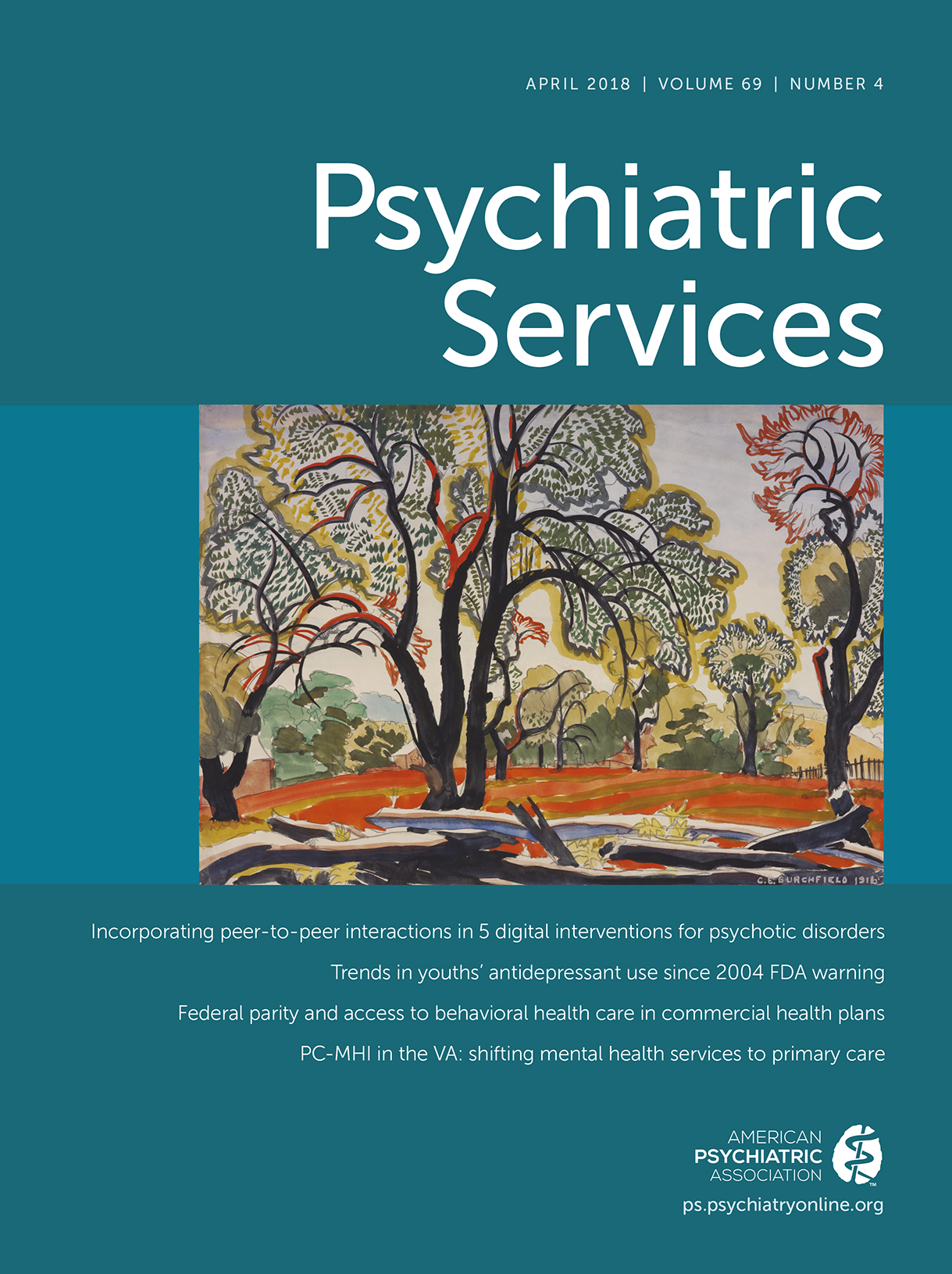Long-Run Trends in Antidepressant Use Among Youths After the FDA Black Box Warning
Abstract
Objective:
In October 2004, the Food and Drug Administration directed pharmaceutical companies to issue a black box warning about the potential link between the use of antidepressants and suicidal ideation among children. This study analyzed long-run trends in antidepressant use among children before and after the black box warning for those with and without severe psychological impairment.
Methods:
The analysis used data from the Medical Expenditure Panel Survey for children ages five to 17, covering years 2000–2011 (N=75,819). The study used multivariate probit models to compare the changes in the rate of any antidepressant use in the early (2004–2007) and late (2008–2011) postwarning years with the rate in the prewarning years (2002–2003). Recycled predictions methods were used to estimate yearly predicted probabilities of use.
Results:
After adjustment for all covariates, there was a .5% statistically significant decline in the probability of using any antidepressants during the early postwarning years (2004–2007) compared with prewarning years. In the long run (2008–2011), however, there was no statistically significant difference. Five years after the black box warning, the adjusted rates of use increased to their prewarning levels (2.29% in 2003 and 2.26% in 2009). The initial impact of the warning differed between the severe and nonsevere populations, with a significant effect on those with nonsevere psychological impairment.
Conclusions:
The return to the rates before the black box warning raises concern that the impact of the warning may have dissipated over time. More frequent updates of the warning might be necessary.



